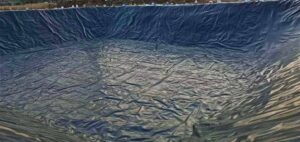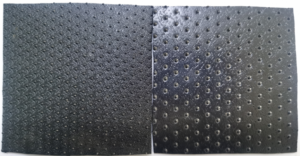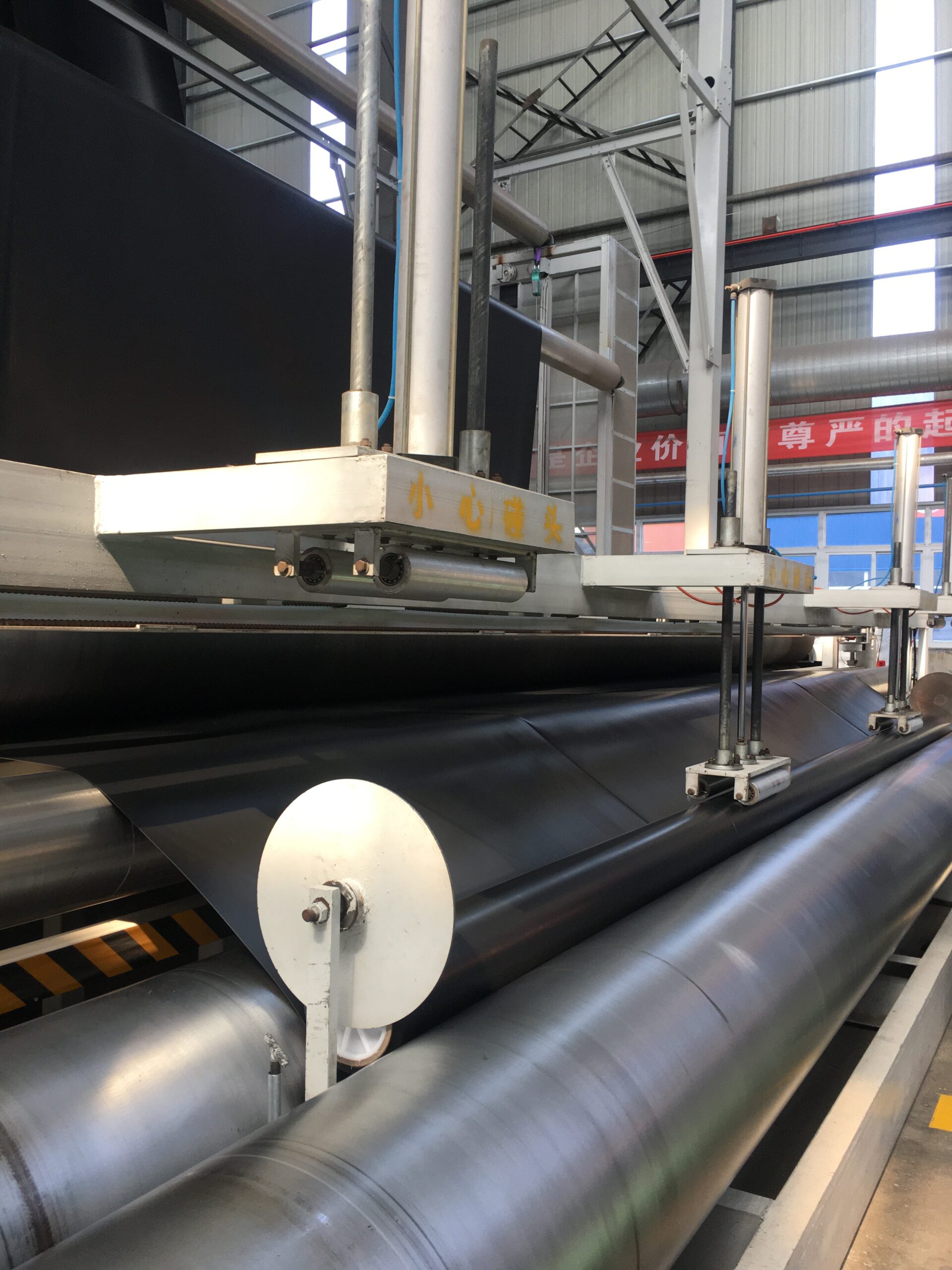What are the quality tests for geomembranes?
The quality inspection of geomembranes usually involves multiple aspects, including physical properties, chemical properties, and installation quality. The following are some common quality testing items for geomembranes:
Tensile performance test:
Tensile strength: Test the tensile strength of the geomembrane under stress.
Elongation: Test the degree of deformation of the geomembrane during stretching.
Tear performance test:
Tear strength: Test the resistance of the geomembrane to tearing force.
Puncture performance test:
Puncture strength: Test the anti puncture ability of the geomembrane when subjected to puncture force.
Penetration performance test:
Waterproof performance: Testing the permeability of geomembranes to water, usually through hydraulic testing.
Gas permeability: Test the permeability of the geomembrane to gases.
Chemical performance testing:
Chemical stability: Test the corrosion resistance of geomembranes in different chemical environments.
PH value test: Test the acid-base properties of the geomembrane.
Thermal performance test:
Thermal aging test: tests the stability and aging resistance of geomembranes under high temperature conditions.
Compression performance test:
Compression strength test: tests the compressive resistance of geomembranes under different pressures.
On site installation quality inspection:
Welding quality inspection: Inspect the quality of welding points to ensure that the welds are secure and free from water leakage.
Suture quality inspection: Conduct inspection on the joints of geotextile membrane rolls to ensure that the joints are tight and free from defects.
Size and flatness inspection:
Size inspection: Ensure that the width, length, and other dimensions of the geomembrane meet the specifications.
Flatness detection: Check the flatness of the surface of the geomembrane to ensure that there are no obvious waves, wrinkles, or deformations.
UV resistance test:
UV aging test: Test the weather resistance of the geomembrane under ultraviolet radiation.
These testing projects help to evaluate the quality and performance of geomembranes, ensuring that they meet the requirements of specific projects. When conducting quality testing, relevant international standards, industry norms, or manufacturer’s recommendations are usually followed.
If it is necessary to conduct quality testing on the geomembrane, it is recommended to consult a professional geotechnical engineer or quality inspection agency for advice.

What is the tensile performance test of geomembranes?
The tensile performance test of geomembranes is a testing method to evaluate the performance of geomembranes under tensile force.
This test mainly focuses on the strength and deformation ability of the geomembrane under stress, to ensure that it can withstand the required tensile force in practical applications without cracking or failure.
The following are some key aspects of tensile performance testing:
Tensile strength: This is the maximum force that a geomembrane can withstand when subjected to tensile force. Usually expressed in terms of force per unit area, in N/m ² Or MPa. The higher the tensile strength, the stronger the tensile capacity of the geomembrane under stress.
Elongation: Elongation represents the degree to which the geotextile membrane can be stretched, i.e. the percentage change in length before and after stretching. The greater the elongation, the higher the deformation ability of the geomembrane under stress.
Tensile performance testing is usually carried out in accordance with relevant international standards or industry norms. The testing process generally includes the following steps:
Sample preparation: Representative samples are cut from the geomembrane, usually based on standard dimensions and shapes.
Test equipment: Use a dedicated tensile testing machine to clamp the specimen between two fixtures.
Apply load: Gradually increase the tensile force until the geomembrane ruptures. Record the changes in force and the elongation of the specimen during this period.
Data recording and analysis: Record key data such as tensile strength and elongation, and conduct corresponding analysis. These data are helpful in evaluating the performance of geomembranes.
The results of tensile performance testing are crucial for selecting appropriate geomembrane materials, designing engineering structures, and ensuring the long-term reliability of the project.
The standards and methods of testing may vary depending on the country, industry, and application, so applicable specifications and standards should be referred to when conducting testing.

What is the tear strength test of geomembrane?
The tear strength test of geomembrane is a testing method to evaluate the resistance of geomembrane under tearing force.
This test mainly focuses on the stability and rupture resistance of geomembranes under tearing force. The results of tear strength testing are crucial for ensuring that geotextile membranes can withstand potential tear forces in practical applications.
The following are key terms and parameters related to the tear strength testing of geomembranes:
Tear strength: Tear strength is the maximum force that a geomembrane can withstand when subjected to tearing force. Usually expressed in terms of force per unit area, in N/m ² Or MPa. The higher the tearing strength, the stronger the anti cracking ability of the geomembrane when subjected to tearing force.
Sample preparation: Cut a sample from the geomembrane that meets the requirements of the specification, usually in a strip shape or specific geometric shape.
Test equipment: Use a dedicated tear testing machine to clamp the sample in a fixture, and then test the tear strength of the geomembrane by applying tearing force.
Tearing process: During testing, the testing machine gradually applies tearing force and records the tearing force and the tearing extension process of the specimen. Monitor the changes in tear force and specimen length during the testing process.
Data recording and analysis: After the test is completed, record and analyze the data during the test process, including parameters such as maximum tearing force and elongation of the sample.
This test helps to evaluate the tearing force that geotextiles may experience in practical applications and ensure that geotextiles have sufficient resistance to cracking.
Tear strength testing is usually conducted according to specific international standards or industry norms, which helps to ensure consistency and comparability of testing.
Correct testing and evaluation results help to select appropriate geomembrane materials, design engineering structures, and ensure the reliability of the project.
Author
-

Founded in 2002, Tinhy's team focuses on the manufacturing, marketing, installation, application and research and development of geosynthetic materials.
View all posts




